Frida Kahlo. Beyond the Myth
How to tell the story of an icon, a character who is a full part of the collective imagination? This was the challenge behind the exhibition dedicated to one of the most famous and beloved artists of the 20th century, Frida Kahlo. A challenge met thanks to an original point of view and rewarded by an unprecedented public success.
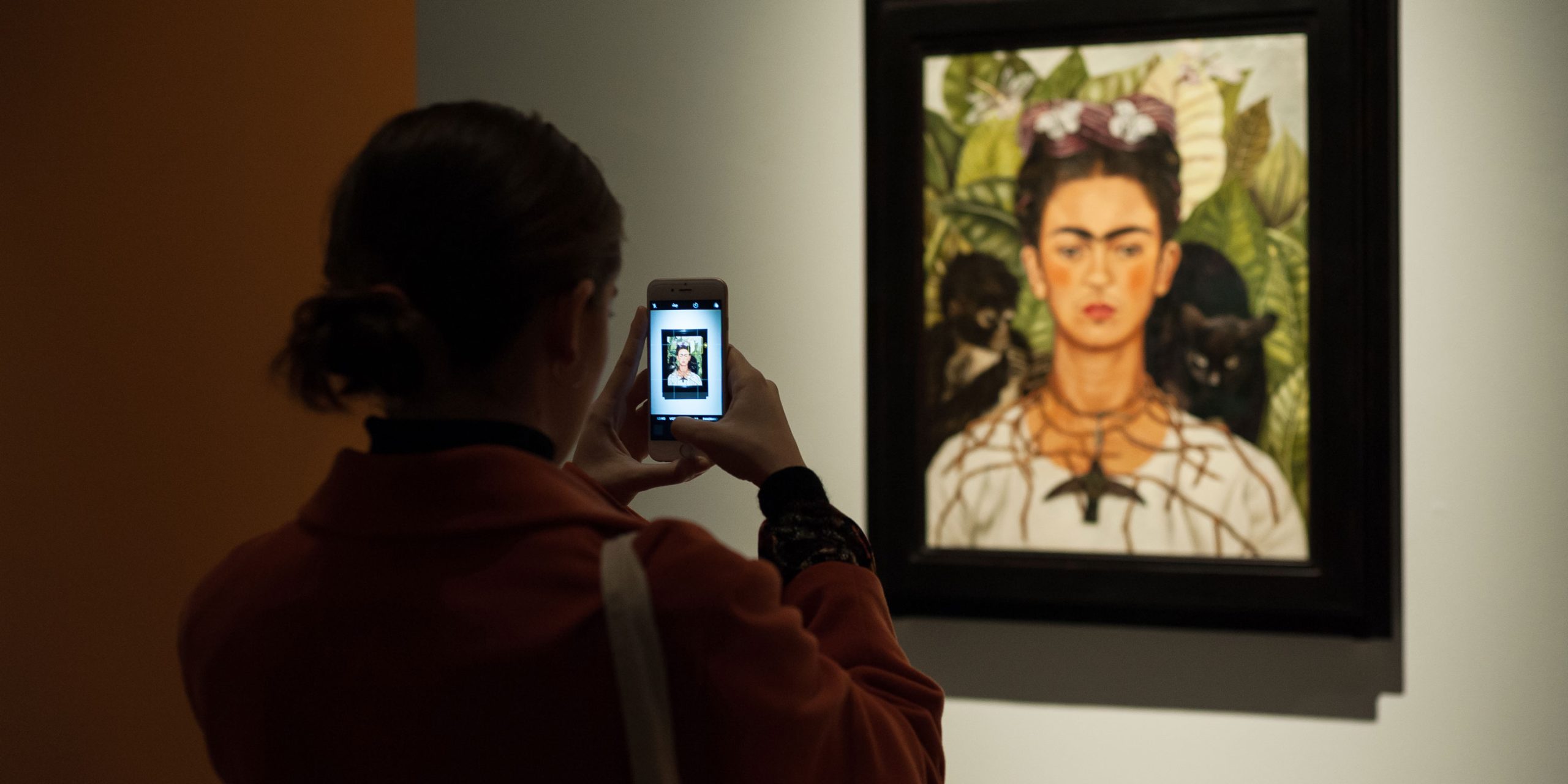
The exhibition event
To tell the story of the world’s most famous and acclaimed Mexican artist, who entered the collective imagination for her iconic aesthetic and troubled biography, by offering a novel point of view. This is the aim behind the exhibition-event dedicated by Mudec to Frida Kahlo, from February 1 to June 3, 2018. A fresh look at the myth and such an articulated program of initiatives have been rewarded by a critical and public success beyond expectations, with more than 360,000 visitors, placing it in the top ten of the most visited exhibitions in Milan since 2010, as well as the most visited ever at Mudec since its opening in 2015.
Curated by Diego Sileo, the exhibition brought together for the first time in Italy in one place all the works from the Dolores Olmedo Museum in Mexico City and from Jacques and Natasha Gelman Collection, the two largest Frida Kahlo collections in the world, as well as other masterpieces by the Mexican artist never before exhibited in our country lent by major international museums, totaling more than One hundred works including paintings, drawings, photographs and epistolary documents. The exhibition project in 4 sections – Woman, Earth, Politics, Pain – made it possible to tell the multifaceted face of the artist, beyond the myth and biographical hints: the ability to revolutionize the female role in art history, the osmotic relationship with nature and the earth that influenced hundreds of women artists after her, the body as a manifesto of political opposition, and the iconography of pain in the pictorial work.
In line with the desire to carry out initiatives capable of dialoguing with the place that hosts them, a collateral exhibition was created, The Dream of the Ancestors, born from a research project on Mudec’s permanent Mesoamerican area collections. An articulated narrative made up of Mexican archaeological and ethnographic objects from the permanent collection, historical photos and images of works by Frida Kahlo, which shows how the indigenous world and the pre-Columbian past constituted foundational elements of the Mexican artist’s artistic practice.
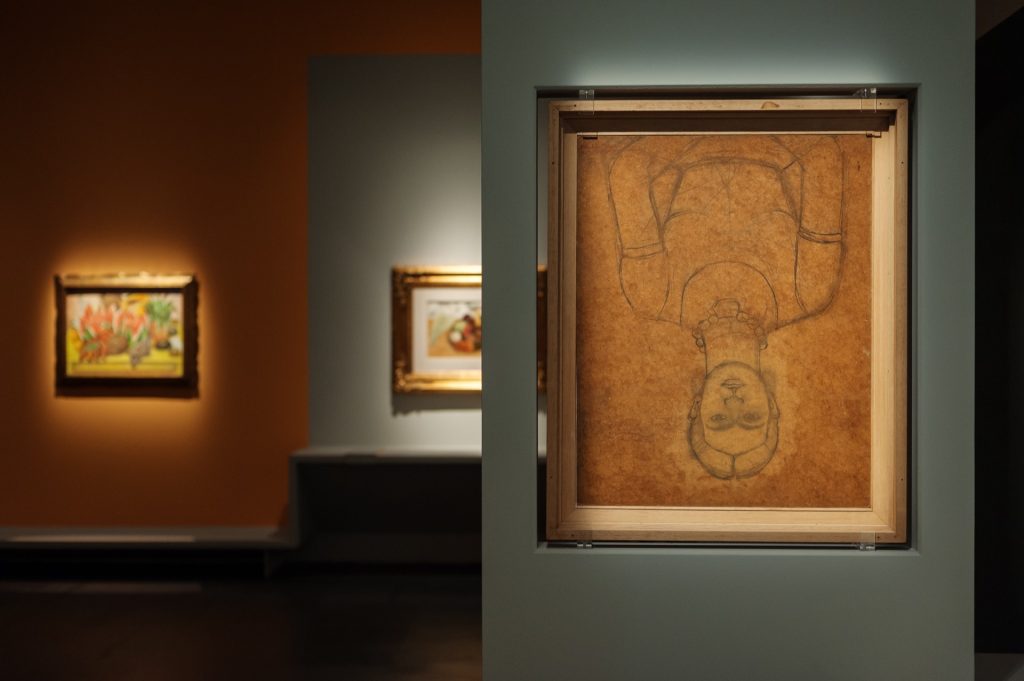
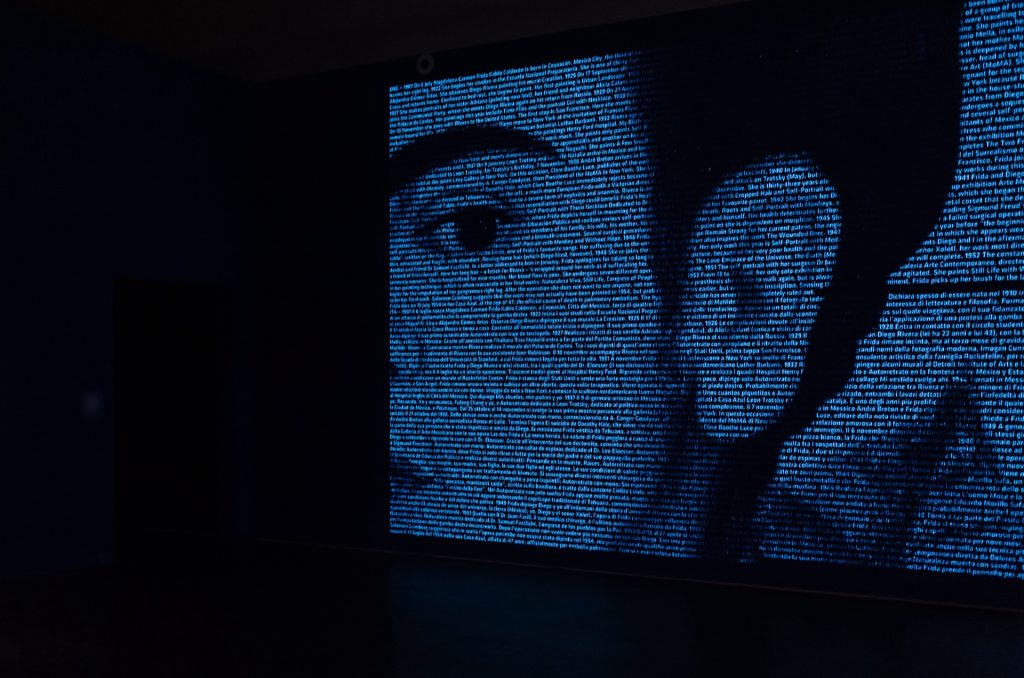
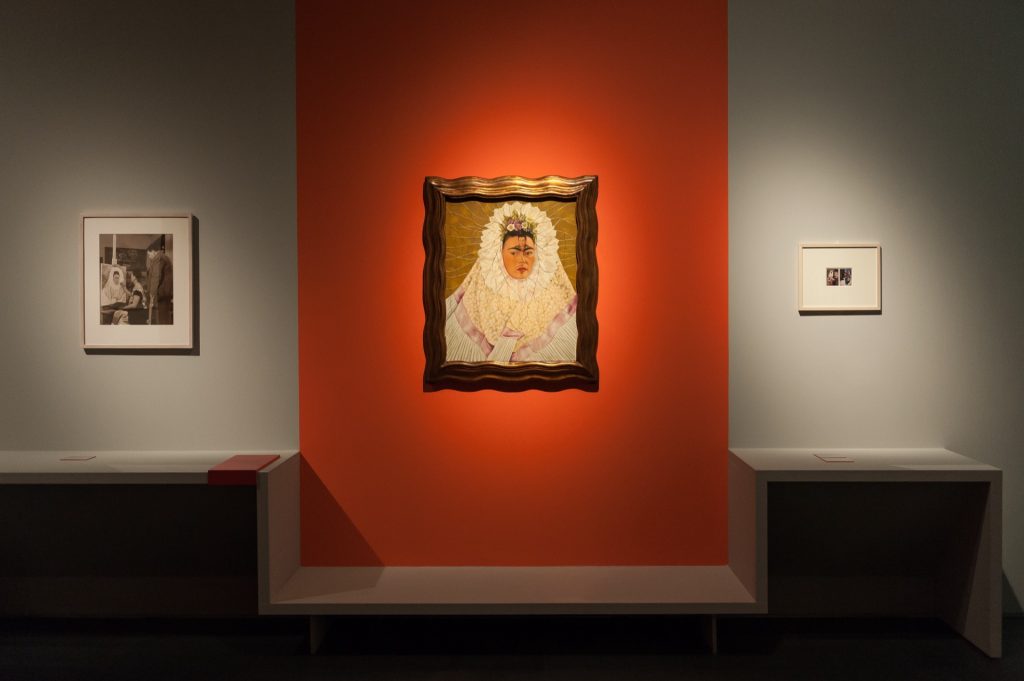
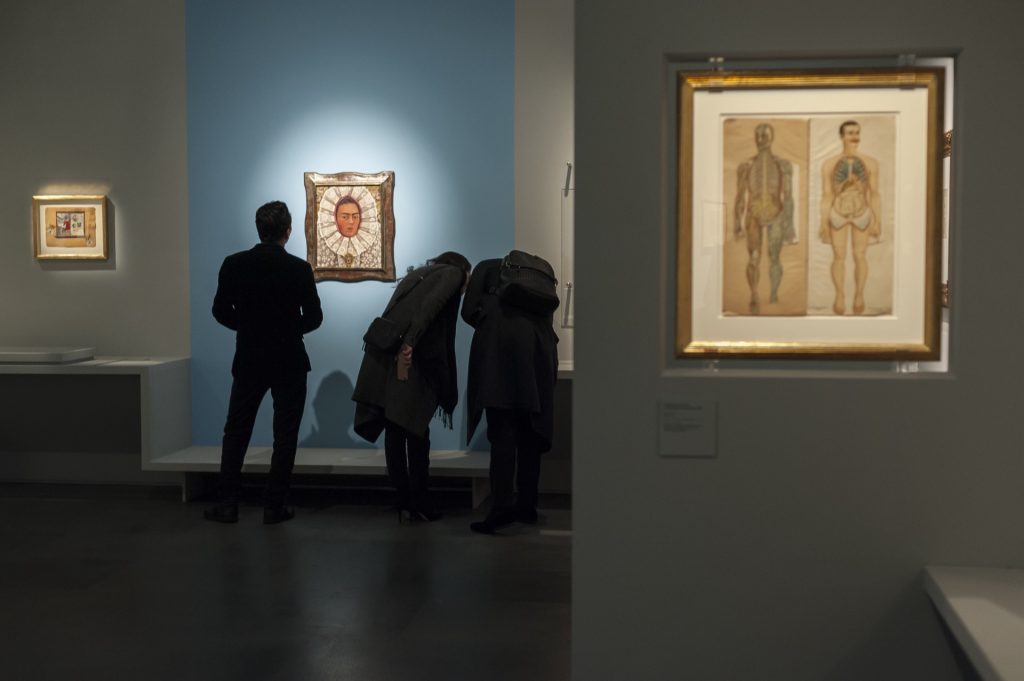
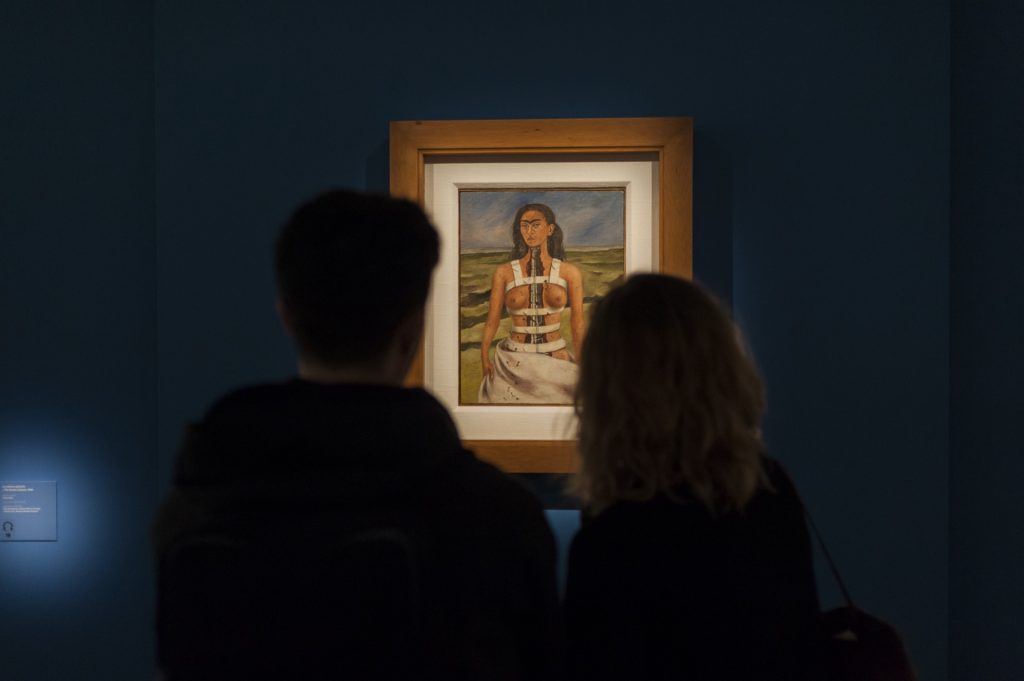
Thearchive unveiled
The proliferation of exhibitions dedicated to the Mexican artist was not an obstacle but a challenge that the curator, Diego Sileo, was able to grasp through six years of research. Was there something unsaid about Frida? Was a new key to her artistic production possible? A series of previously unseen and surprising materials unveiled in 2007 from the rediscovered archives of Casa Azul (the artist’s home in Mexico City) and other important archives were presented for the first time in the exhibition, allowing a portrait to be sketched far from forced reconstructions and easy biographical readings.
The public program
In conjunction with the exhibition, a schedule of ten lectures, open to the public, has been organized dedicated to the discovery of Mexico and to an in-depth study of the themes in the exhibition, a true journey of discovery of Frida Kahlo’s country of origin thanks to the involvement of some of the most influential scholars and specialists in Mexican culture.
The publication of the exhibition catalog helped restore the Mexican artist to the central role she deserves within twentieth-century art history because of the relevance of her work as a painter, often obscured by the patina of myth. A key piece of this portrait is the publication of a unique volume, FROM FRIDA WITH LOVE. Letters from Frida Kahlo, chercomes 20 letters written by the artist herself, often accompanied by quick sketches, from which key themes emerge in her artistic practice such as existential suffering, the affirmation of “Mexican-ness,” and opposition to patriarchal dialectics.
In addition to book presentations featuring Frida Kahlo, the program of initiatives included a play about her life and art, an artistic performance set in the exhibition rooms, meetings with the curator, themed aperitifs and a multi-day finissage, with openings to the public at extraordinary times. Not to mention the event created by Confcommercio, the Municipality of Milan and Mudec, which offered projections of Frida Kahlo’s paintings for several evenings on the white towers of the Milanese suburb of Gratosoglio, offering free to all citizens the opportunity to enjoy the works in the exhibition even outside the museum. A celebration of myth beyond myth and art beyond museum space.
